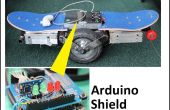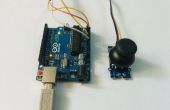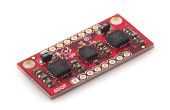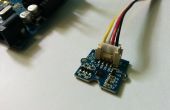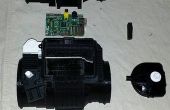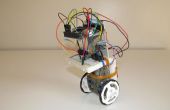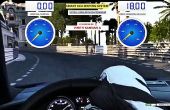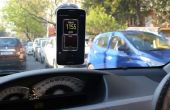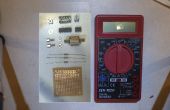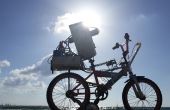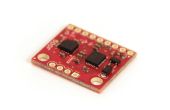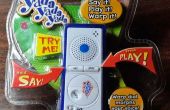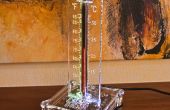Stap 3: Code


Na het ophalen van de hardware aangesloten zijn nu tijd om het programma te uploaden, voel je vrij om de code aanpassen en maken het geschikt voor uw project.
Alles wat de code doet is leest de analoge waarde doet sommige wiskunde en afgedrukt het uit op een seriële monitor. De verwerkte gegevens kan worden gebruikt om een oriëntatie-sensor, die ik binnenkort zal tonen.
<p>int sensorPin = A0; // select the input pin for the sensor<br> float reference_Value=0;</p><p>int sensorValue = 0; // variable to store the value coming from the sensor</p><p>void setup() {</p><p> int i; float sum=0; pinMode(sensorPin, INPUT); Serial.begin(9600); Serial.println("Please do not rotate it before calibrate!"); Serial.println("Get the reference value:"); for(i=0;i<1000;i++) { // read the value from the sensor: sensorValue = analogRead(sensorPin); sum += sensorValue; delay(5); } reference_Value = sum/1000.0; Serial.println(reference_Value); Serial.println("Now you can begin your test!"); }</p><p>void loop() {</p><p> double angularVelocity; sensorValue = analogRead(sensorPin); angularVelocity =((double)(sensorValue-reference_Value)*4930.0)/1023.0/0.67; //get the angular velocity Serial.print(angularVelocity); Serial.println("deg/s"); Serial.println(" "); delay(10); }</p>
